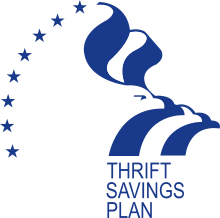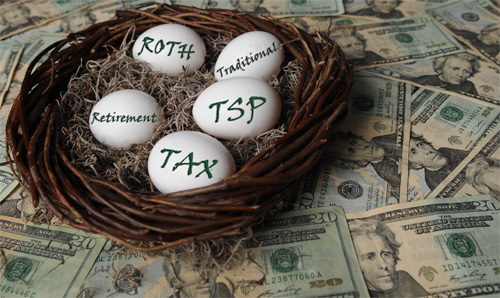A great number of employees knows the meaning and benefits of defined contribution plans — 401 (k), 403 (b) plans, and the IRAs or the Individual Retirement Arrangements, but only a few are familiar with the TSP or the Federal Thrift Savings Plan. Unless you are someone who works for the government, then it is very unlikely that you know its benefits.
Defining Federal Thrift Savings Plan
The Federal Thrift Savings Plan, or much commonly known as the Thrift Savings Plan or TSP, is the amount saved for retirement given to people currently working for the federal government. It is an investment plan that retired personnel and uniformed members take advantage of. It was established by the Congress (Federal Employees Retirement System Act, 1986), and administered by the Federal Retirement Thrift Investment Board.
The TSP works closely similar to private savings plans, such as the 401 (k) and 403 (b) plans. It was really designed to closely resemble the function and benefits of those plans offered to private employees. This is to give similar privileges and coverage, such as savings and tax benefits, to those who work for the federal government.
The amount you will be receiving from the TSP is determined by your contributions and the performance of your investment. It is your decision as the employee, to determine the amount you would want to allocate to your retirement plan while you are still working. The rule of thumb is the higher the value of your contributions, the higher the amount of funds will be available for your retirement.
Who Is Eligible For Federal Thrift Savings Plan?
All federal employees are eligible to participate in the TSP, as well as, the members of the uniformed services, such as those in the following:
- Military (army, marine, navy, air force, coast guard)
- Public Health Service (emergency medical technicians, paramedics)
- Police, firefighters, tax custom officials
However to be able to receive the matching contribution, you must agree to be active in duty for several years.
Contribution Limits and Rules
As a federal employee, you decide the amount you want to put in as your retirement investment. If you want to put in all your basic pay into your plan, that’s fine, as long as the amount should not be beyond the limit set by the IRC. If you are under the age of 50 , the maximum allowable contribution is $17,500. An additional $5,500 contribution is expected if you are over 50. If you are receiving matching contributions, your maximum limit should not exceed to $52,000. Contributions that are made under the Combat Zone Tax Exclusion are not counted as part of the $17,500 limit.
Benefits of Thrift Savings Plan
- Minimizes annual tax burden. Your contributions to the Thrift Savings Plan is deducted before your taxes are determined. This simply means that if you opt for a TSP, then you will be paying less tax.
- Long-term tax benefits. Since the money contributed to the Federal Thrift Savings Plan is tax-deferred, any amount that you contribute will not be taxed – unless you decide to withdraw that amount. This gives significant benefits, especially when you choose to withdraw your money upon your retirement; because by that time, you are already included in the low-tax bracket.
- Diverse investment. You have the options to expand your TSP investment by providing contributions in different federal investment funds.
- Transferable Savings. If you have contributions from other qualified savings plans, such as 401 (k) plans, you have the option to transfer some or all of the money you invest in that plan into your Thrift Savings Plan. In case you leave the federal service, you have the option to transfer your TSP funds to other eligible plans.
- Matching contributions. If you are a FERS employee, and a member who agrees to be on active service for 6 years, then you are entitled for matching contribution. This is the major benefit of TSP, wherein your employer contributes a certain amount for your retirement plan.
Disadvantages of Thrift Savings Plan
- Less take-home pay. Since you’re contributing some parts of your basic pay to TSP, your take-home pay decreases. But if you realize about the tax benefit, this downside is not as serious as you think.
- Contribution Limit. Although you have the option to invest all your basic pay to TSP, there’s a maximum allowable limit to follow, which restricts you to gain more retirement earnings.
Conclusion
Overall, the Federal Thrift Savings Plan is a good investment for you to consider. In case you are employed by the government at this time and not yet contributing, then it’s best to talk with your benefit officer to start. As they say, you can get most of the benefits if you start early.



Leave a Reply